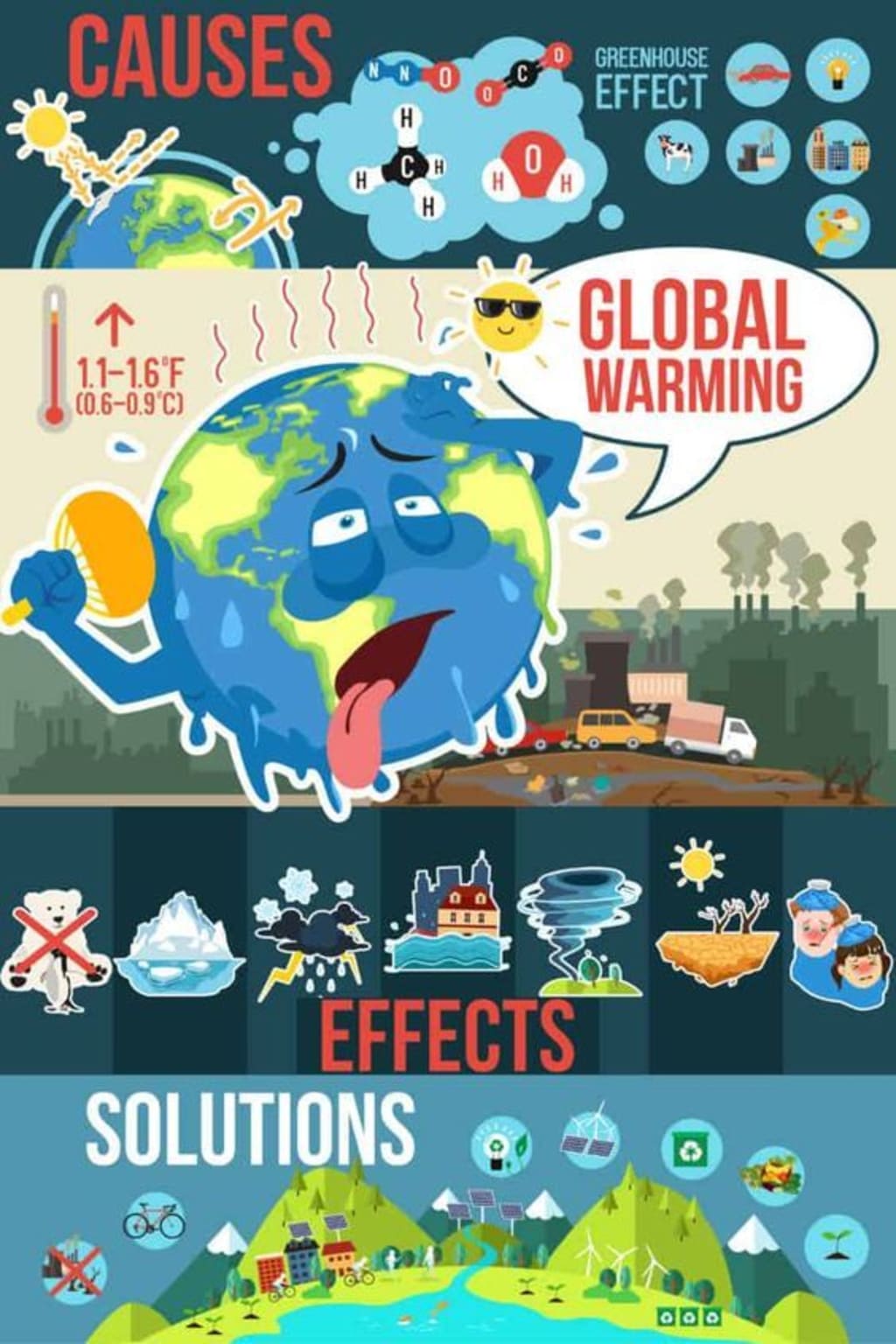
Climate change is a pressing global challenge that demands immediate action. The burning of fossil fuels, deforestation, and industrial activities have resulted in a significant increase in greenhouse gas emissions, leading to the warming of the planet and its adverse effects on ecosystems and human societies. To combat this existential threat, transitioning to renewable energy sources has become an imperative. Renewable energy, derived from sources such as solar, wind, hydropower, geothermal, and biomass, offers a sustainable and clean alternative to fossil fuels. This article explores the role of renewable energy in mitigating climate change and discusses the potential it holds in shaping a sustainable future.
Renewable Energy: A Clean and Sustainable Alternative
Renewable energy technologies harness the power of naturally replenishing sources without depleting finite resources or emitting harmful greenhouse gases. Solar energy, for instance, utilizes photovoltaic cells to convert sunlight into electricity. Wind power harnesses the kinetic energy of wind to generate electricity through wind turbines. Hydropower exploits the potential energy of flowing or falling water to produce electricity. Geothermal energy taps into the Earth's heat to generate power, and biomass energy uses organic matter, such as agricultural waste or wood pellets, as a fuel source.
The Climate Benefits of Renewable Energy
One of the primary reasons for transitioning to renewable energy is its ability to significantly reduce greenhouse gas emissions. Fossil fuel combustion releases carbon dioxide (CO2), methane (CH4), and nitrous oxide (N2O), which contribute to the greenhouse effect and global warming. In contrast, renewable energy technologies produce little to no emissions during operation. By displacing fossil fuel-based power generation, renewables play a crucial role in decarbonizing the energy sector.
Solar energy, in particular, has gained widespread popularity due to its scalability and potential to be deployed in both centralized and decentralized systems. The installation of solar panels on rooftops and in solar farms can harness the sun's energy efficiently, generating electricity without emissions. Additionally, advancements in solar panel technology have made it more cost-effective, making solar energy increasingly competitive with traditional energy sources.
Wind power is another rapidly growing renewable energy sector. Onshore and offshore wind farms capture the power of wind to generate electricity. Wind turbines have witnessed significant technological advancements, leading to increased efficiency and capacity. Countries like Denmark, Germany, and the United States have made substantial investments in wind power, paving the way for a greener energy mix.
Hydropower, the most established renewable energy source, has long been a reliable electricity provider. Large-scale hydroelectric plants harness the energy from water in reservoirs or rivers to generate power. However, concerns regarding environmental impact and displacement of communities have led to a shift toward smaller-scale and more sustainable hydropower installations.
Geothermal energy, though less prevalent, has tremendous potential. Geothermal power plants utilize the Earth's heat to generate electricity. Regions with geothermal activity, such as Iceland and parts of the United States, have successfully integrated geothermal power into their energy mix, reducing their reliance on fossil fuels.
Benefits beyond Emissions Reduction
The advantages of renewable energy extend beyond emissions reduction. Increased adoption of renewable technologies has the potential to enhance energy security, reduce dependence on imported fuels, and create jobs. Furthermore, decentralized renewable systems can provide access to electricity in remote areas, bridging the energy gap and promoting sustainable development.
Transitioning to Renewable Energy: Challenges and Opportunities
While the potential of renewable energy is vast, there are challenges that need to be addressed for a successful transition. One key challenge is intermittency. Solar and wind power generation fluctuates based on weather conditions, requiring efficient energy storage solutions to ensure a continuous and reliable power supply. Advancements in battery technologies, such as lithium-ion batteries,
offer promising solutions for storing excess energy during peak production for later use.
Another challenge lies in the integration of renewable energy into existing infrastructure. The electricity grid needs to be modernized to accommodate distributed energy generation and enable the two-way flow of electricity. Smart grid technologies and grid-scale energy storage systems are essential for balancing supply and demand and ensuring grid stability.
Policy support plays a crucial role in driving the transition to renewable energy. Governments worldwide are implementing renewable energy targets, feed-in tariffs, tax incentives, and regulatory frameworks to encourage investment in renewables. International collaborations and agreements, such as the Paris Agreement, further emphasize the global commitment to reducing greenhouse gas emissions and transitioning to sustainable energy sources.
Conclusion
Mitigating climate change requires a fundamental shift in our energy systems. Renewable energy presents a viable and sustainable alternative to fossil fuels, offering substantial benefits in terms of emissions reduction, energy security, job creation, and access to electricity. While challenges remain, advancements in technology, supportive policies, and increased public awareness are paving the way for a future powered by clean and renewable sources. By embracing renewable energy, we have the opportunity to combat climate change, protect the environment, and create a more sustainable and resilient future for generations to come.





Comments
There are no comments for this story
Be the first to respond and start the conversation.